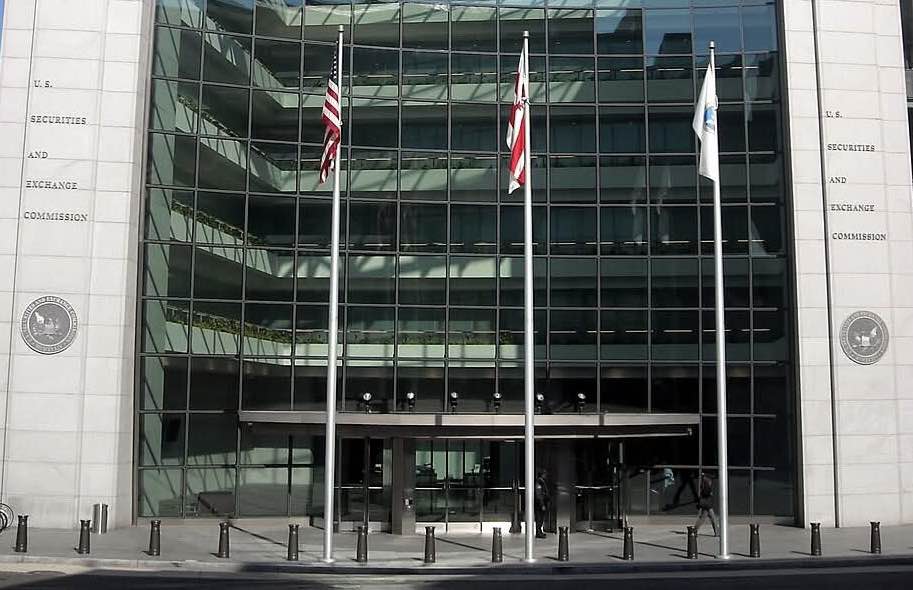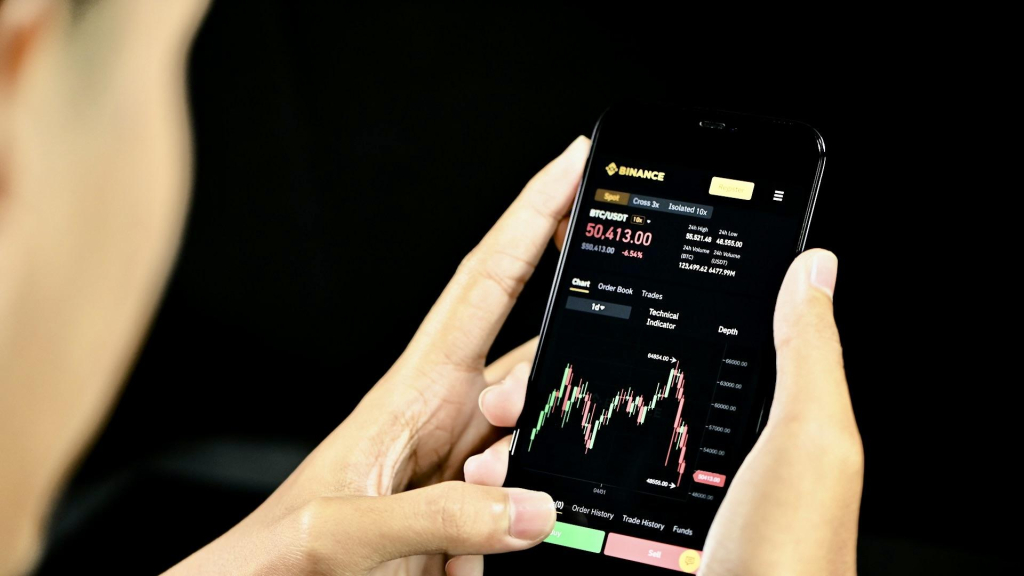Bitcoin experienced a sharp drop following the release of higher-than-expected U.S. Consumer Price Index (CPI) data for January. The CPI annual rate came in at 3.3%, exceeding analysts' expectations of 3.1% and marking an increase from December’s 3.2%. This inflation data caused Bitcoin to fall 1.5%, dipping from $96,420 to $94,100 before recovering above $95,000.
Michael Saylor, co-founder and executive chairman of Strategy (formerly MicroStrategy), took to social media to react to the price movement. Posting an AI-generated image of a Bitcoin-branded rocket soaring through space, Saylor tweeted, "Let's go!"—interpreted as an optimistic response to the dip. His enthusiasm aligns with his long-standing belief in Bitcoin's resilience and long-term value.
Chinese crypto journalist Colin Wu highlighted that the unadjusted CPI annual rate in January was 3%, the largest increase since June 2024, while expectations were set at 2.9%. Rising inflation often sparks volatility in risk assets like Bitcoin, as investors weigh its role as a hedge against fiat devaluation. However, Bitcoin’s quick rebound underscores its market strength.
Despite short-term fluctuations, the leading cryptocurrency continues to demonstrate resilience, with institutional investors and long-term holders maintaining confidence. Saylor's bullish stance suggests that, rather than fearing dips, Bitcoin advocates view them as strategic buying opportunities.
As macroeconomic factors like inflation influence Bitcoin’s price movements, traders and investors closely monitor economic data for potential market shifts. The latest CPI report reinforces Bitcoin’s correlation with inflation trends, adding to ongoing discussions about its role in the global financial landscape.
























Comment 0